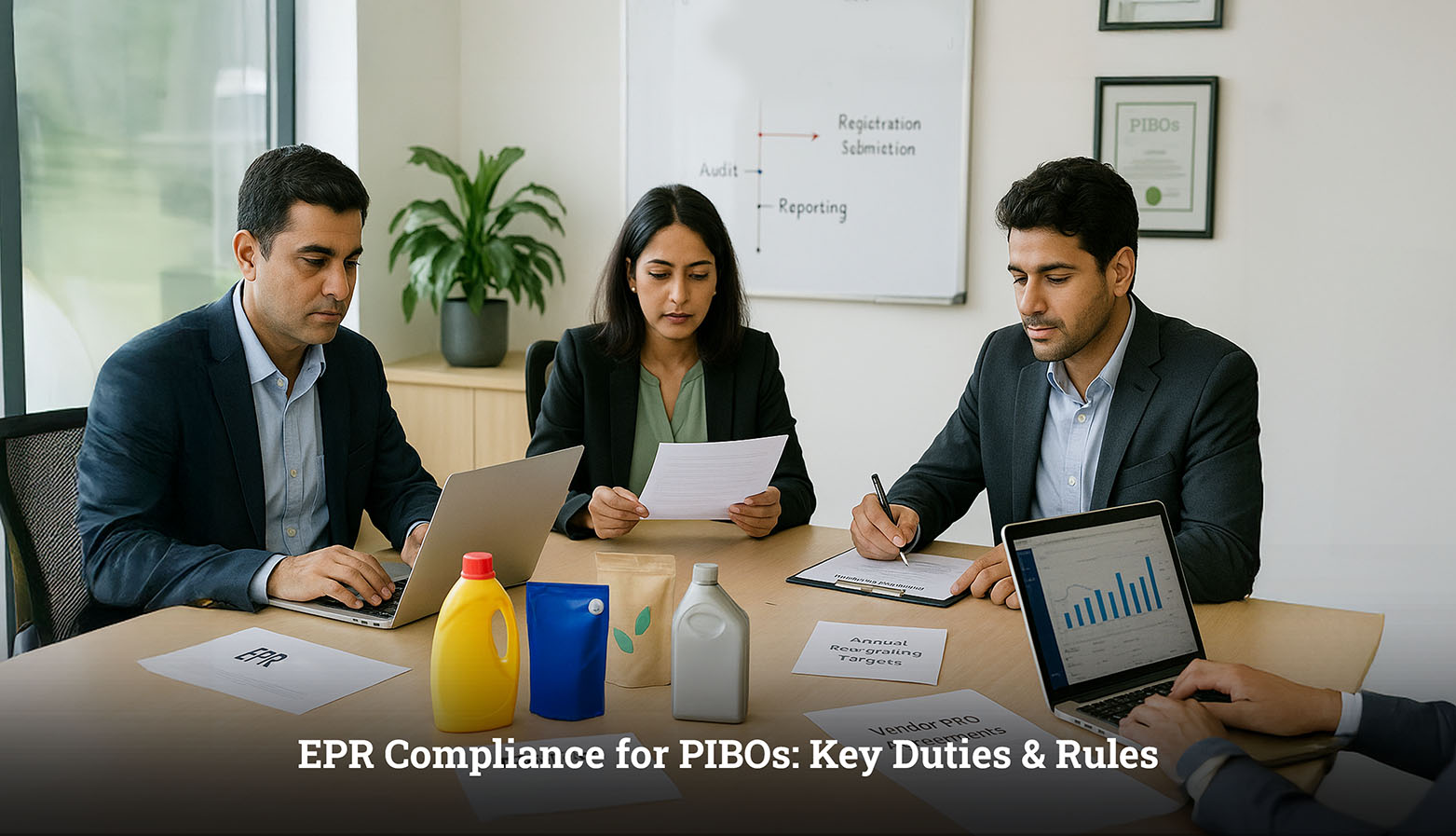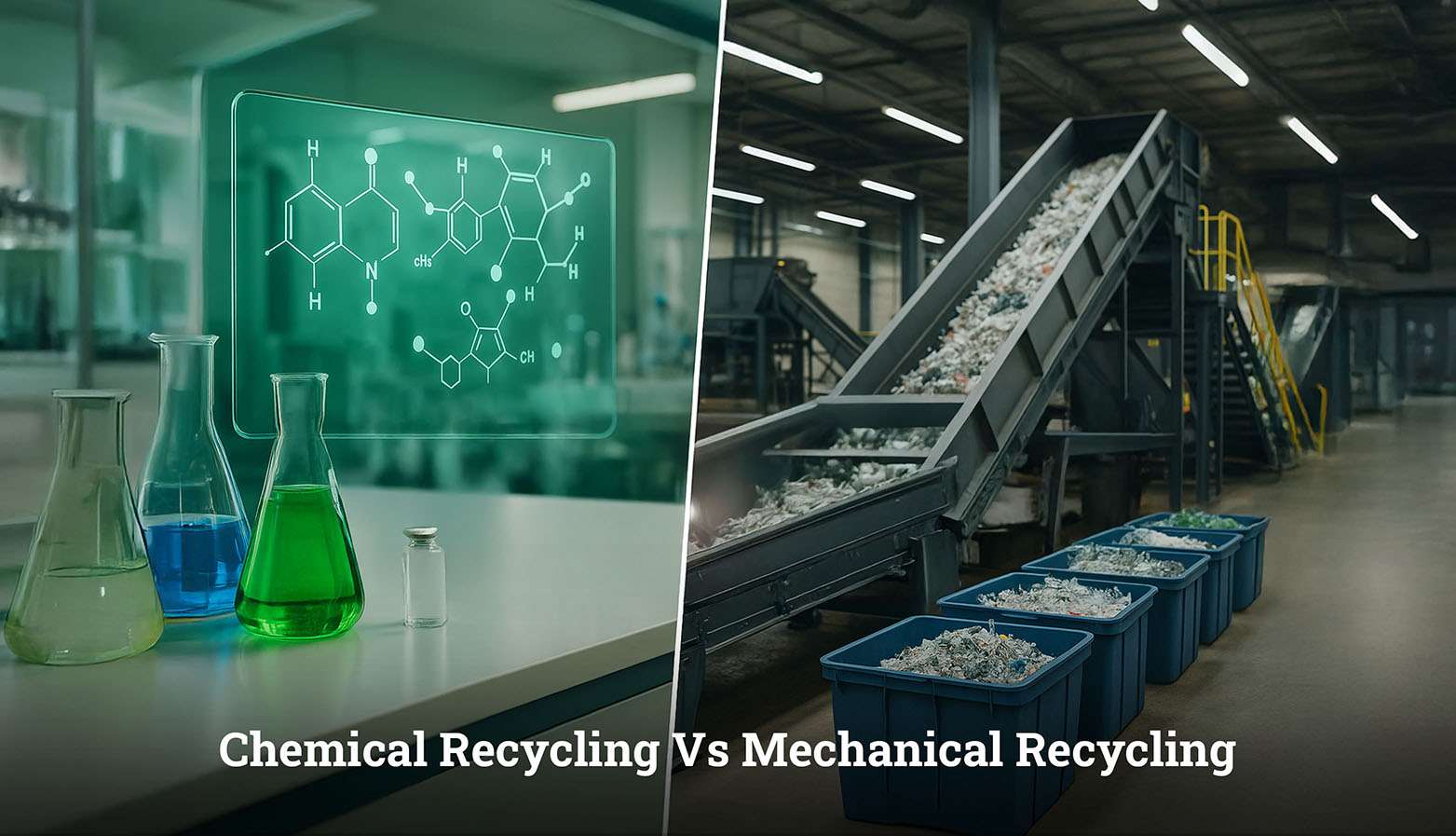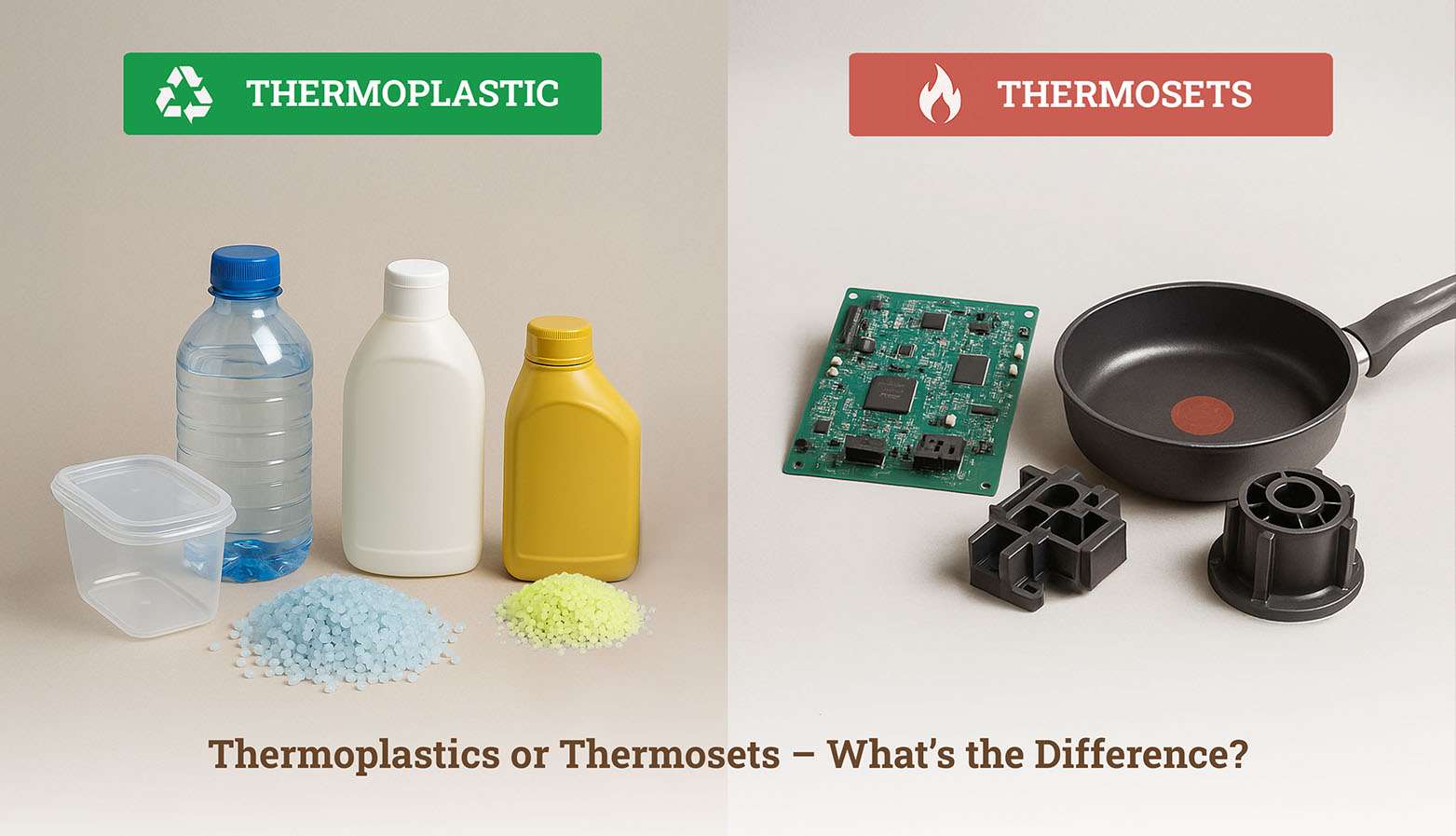Introduction
The global conversation surrounding sustainability has expanded, with people and businesses both searching for practical ways to minimize their carbon footprint. At the forefront of those efforts are new marketplace mechanisms developed to promote positive environmental behavior: carbon credits and the latest proposal in this category, plastic credits. It is crucial for any organization seeking to develop a strong and effective sustainability strategy to have a good grasp of the distinctions between carbon credits and plastic credits.. Since they provide a means of offsetting inevitable greenhouse gas emissions, carbon credits in particular have long been a cornerstone of commercial environmental accountability. One metric tonne of carbon dioxide equivalent (tCO2e) can be removed or reduced from the environment with these tradable permits. Carbon credits are produced by a variety of activities, such as installing renewable energy, planting trees, and capturing landfill methane.
Organizations that wish to offset their own emissions or achieve particular environmental goals then purchase these carbon credits or plastic credits. The principle behind is to direct the economic flows into endeavors that directly help reduce the carbon footprint of the global economy. This framework has expanded greatly since it was first developed, with many compliance and voluntary markets offering the exchange of these precious environmental resources. But as the world confronts an expanding range of environmental catastrophes, especially the ubiquitous one of plastic pollution, new tools are required to confront these separate yet interrelated crises. The arrival of plastic credits represents a turning point in environmental finance, acknowledging that a sustainable approach must go beyond climate change reduction to include waste management and resource circularity.
What are Carbon Credits?
Carbon credits, commonly called carbon offsets, are in effect permits to emit one metric tonne of carbon dioxide or an equivalent volume of other greenhouse gases. Different types of carbon credits are produced by projects which have demonstrably decreased or removed greenhouse gas emissions from the environment. The principle is to provide a financial incentive for those activities that are good for the climate in the means of types of carbon credits. For example, a firm constructing a wind farm, displacing fossil fuel-based electricity production, is eligible to earn carbon credits on the avoided emissions. Likewise, a reforestation effort, taking carbon dioxide out of the air, can also earn credits.
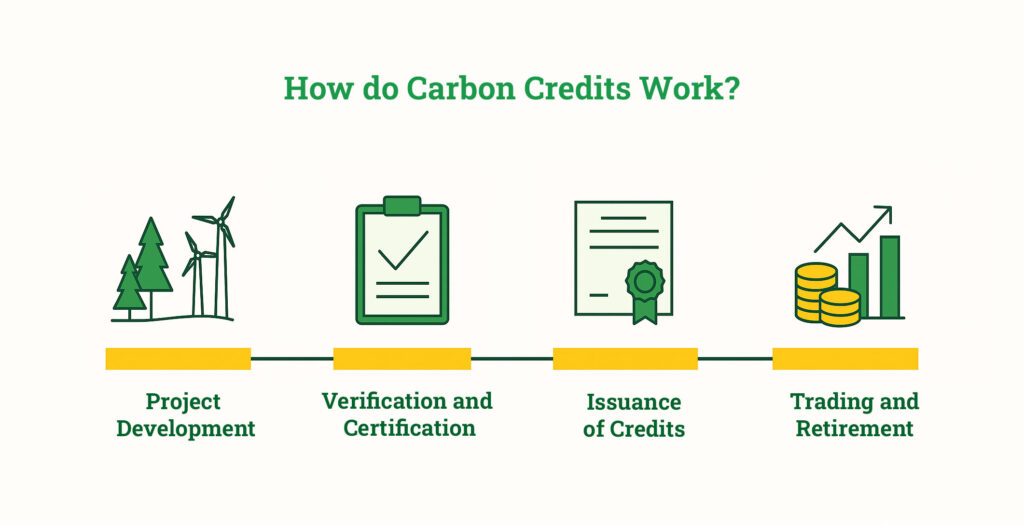
How do Carbon Credits Work?
The carbon credit operational structure has a number of crucial steps in calculating carbon credits, thus establishing an organized framework for environmental influence.
Project Development
It starts with project identification and development that either decrease current greenhouse gas emissions or remove them from the atmosphere actively. Such projects can be distributed across a broad sector of industries, including natural ecosystems to industrial processes.
Verification and Certification
As soon as a project is operational, its reductions in emissions or removals are carefully measured, reported, and verified by impartial third-party auditors. This process of verification guarantees that the reductions are real, measurable, long-term, incremental (i.e., they would not have occurred without the credit incentive), and uniquely quantifiable.
Issuance of Credits
Following successful verification, accredited registries or standard-setting organizations issue carbon credits to the project developer on calculating carbon credits. One credit equals one tCO2e of emissions avoided or removed.
Trading and Retirement
These carbon credits issued may then be purchased and sold across different carbon markets, both compliant and voluntary. After a credit has been purchased and utilized to cancel out emissions, it is “retired” from the market, so that it cannot be utilized again and double counting is avoided.
What are the Types of Carbon Credits?
In general, carbon credits are classified according to the kind of emission effect they represent. When choosing an offsetting strategy, businesses should take the advantages of carbon credit into account.
Carbon Reduction Credits
These are created by programs that prevent greenhouse gas emissions altogether. Methane recovery from landfills or agricultural waste, industrial energy efficiency retrofits, and alternative energy projects (solar, wind, and hydro) are a few examples.
Credits for Carbon Removal
These credits come from activities that absorb and store carbon dioxide. This includes technology-based solutions like Direct Air Capture (DAC) with carbon storage or nature-based options like afforestation (creating new forests) and reforestation (restoring forests that have been cut down).
Carbon Avoidance Credits
Although occasionally lumped with reduction credits, the advantages of carbon credit in these projects are that they prevent emissions that would have otherwise been released. An example is maintaining a threatened forest from being cleared, which keeps stored carbon from being released.
Advantages of Carbon Credits
Engaging with carbon credits gives to wider environmental movement and businesses several compelling advantages compared to disadvantages of carbon credit.
Offers Monetary Incentive
Carbon credits offer to projects monetary incentive at times when projects reduce emissions or they remove emissions, which then stimulates investment within green technologies as well as sustainable practices. This provides for bridging the financial gap for projects that are otherwise economically unviable.
Businesses Gain Flexibility
Carbon credits offer companies a practical way to offset emissions that are difficult or expensive to eliminate immediately—demonstrating their commitment to climate action while they work toward long-term reductions.
Global Scalability
Carbon markets can operate on an international scale for the reason that they enable collaboration. So green technologies are transferred across borders. This global framework makes it possible to collectively make an effort when we combat climate change, also it supports sustainable development throughout various regions.
Supporting of Sustainable Development
Many carbon credit projects do greatly benefit areas well beyond reduction of emissions, such as they can create jobs for local communities, conserve more biodiversity, improve on air quality, and also improve livelihoods, especially in developing nations.
Improved Brand Image & ESG Performance
Businesses can improve their reputation coupled with showing leadership in sustainability through investing in verified carbon credit projects. Consumers who care about the environment and investors find appeal as their Environmental, Social, and Governance (ESG) scores rise.
Disadvantages of Carbon Credits
Carbon credits are criticized and may have some drawbacks despite their benefits. Businesses need to approach them with an understanding of these difficulties.
Risk of Greenwashing
The most frequently cited argument is that carbon credits can be used to enable “greenwashing,” in which businesses purchase credits to offset emissions without necessarily making significant efforts to reduce their own emissions. An illusion of ecological responsibility results from this.
Problems with Additionality
Verifying initiatives for carbon credit as “additional”—that is, that they would not have occurred without the encouragement of credit sales—can be challenging. Resulting credits will not reduce emissions if the project would have happened anyway.
Permanence and Leakage
Solutions that are nature-based such as reforestation must guarantee its permanence. Carbon sequestration risks problems such as wildfires or deforestation and faces leakage. The result of a project includes “leakage”. During this process, emissions are shifted from one location to another location.
Verification Challenges
Measuring and verifying emission reductions accurately can be problematic, so over-crediting can result, or people may question the real environmental effect from some projects.
Market Volatility
The carbon market can be complex coupled with price volatility different standards and methodologies which might complicate business efforts to invest upon and navigate the market.
Difference Between Carbon Credits & Plastic Credits
Carbon credits and plastic credits are market tools for environmental progress however their goal and environmental impact differ greatly.
Carbon Credits directly address climate change focused on greenhouse gas emissions (CO2e) elimination or avoidance from the atmosphere, i.e. They deal with the control of an intangible atmospheric pollutant. A single carbon credit generally represents one metric tonne of CO2e avoided or eliminated.
Plastic Credits, by contrast, target the encouragement of collection, sorting, recycling, and recovery of plastic waste, so that it does not find its way into the environment (notably oceans) and encourages a circular economy. They solve a real, physical pollution issue. One plastic credit generally corresponds to one metric tonne of plastic waste which has been genuinely collected and treated (e.g., recycled, recovered, or diverted from nature).
The main differences are in:
Environmental Focus
Climate change (carbon credits) versus Plastic pollution and waste management (plastic credits).
Tangibility
Carbon credits as an avoided or removed emission (intangible) versus plastic credits as a collected or recycled physical waste (tangible).
Measurement & Verification
Reducing CO2e is associated with sophisticated methodologies and models. Monitoring plastic waste is based on measuring quantities collected, sorted, and processed, which could be more directly observed.
Market Maturity
Carbon credit markets are more mature and established. Plastic credit markets are newer and still developing, with multiple standards and methodologies emerging.
Which is Better for Your Business – Plastic or Carbon Credits?
A company’s particular industry, operational base, and overall sustainability objectives decide to target plastic or carbon credits, or both. No choice happens to be “better” than what is another. The question that it poses is about strategy alignment.
For High-Emissions Businesses
If your main environmental footprint is a large carbon footprint (e.g., production, transport, energy-intensive processes), leading with carbon credits to reduce unavoidable emissions, while at the same time pursuing internal decarbonization, is a rational approach.
For High Plastic Use/Packaging Businesses
If your business produces or consumes a high volume of plastic (e.g., FMCG, e-commerce, retail), working directly with plastic credits directly benefits your fundamental material impact. This not only reduce pollution but also helps build important recycling infrastructure.
For Holistic Sustainability
The most robust and effective solution for most companies will be a hybrid of both. Climate change and plastic pollution are linked global challenges. Plastic production, for example, is extremely carbon-intensive.
Hence, a strategy that addresses both emissions and waste has the potential to create synergies, strengthening overall environmental stewardship and market leadership. Companies can offset their business emissions using carbon credits and their plastic footprint using plastic credits.
Can Businesses Use Both – Plastic & Carbon Credits?
Yes. In fact, for a well-rounded and effective sustainability strategy, companies should seriously consider the use of both carbon and plastic credits. The war on climate change and the war on plastics are related problems. The manufacture of virgin plastic, for instance, is a major source of greenhouse gas emissions. With both forms of credits, a company can:
Address various environmental impacts
Demonstrating a more systemic commitment to sustainability, address a broader range of their environmental impact.
Encourage a variety of solutions
Invest directly in a variety of projects, from waste management and advanced recycling to forestry and renewable energy.
Develop your brand’s image
To appeal to a growing consumer base interested in sustainable environmental stewardship, they position themselves as leaders in resolving complicated environmental problems.
Ultimately, the best approach is through internal reductions first, after which comes strategic offsetting via high-quality, verified credits from both carbon and plastic markets where direct elimination isn’t immediately possible.
Conclusion
Both plastic credits and carbon credits are important instruments in the fight against environmental issues worldwide. Whereas carbon credits have come of age as a method for curbing climate change, plastic credits are soon coming into their own as an important tool for the prevailing problem of plastic pollution and promoting the circular economy. For innovative companies such as Banyan Nation, integrating both types of credits into their sustainability practices is a strong avenue for not only reducing their environmental footprint but driving change in several areas. Through investment in measurable and traceable projects, businesses can be meaningfully contributing to a more sustainable and independent future, harnessing the power of markets to speed the transition to an actual green economy.
Read more about Plastic credit market to grow 70% with new recycling rule, hit $1.7 billion by 2030
FAQ's
How to Calculate Carbon Credits?
Calculating carbon credits involves determining the difference in greenhouse gas emissions between a project scenario (where the emission reduction/removal activity takes place) and a baseline scenario (what would have happened without the project). This often requires complex methodologies, emission factors, and monitoring over time, all of which are subject to rigorous verification by independent bodies.
Who issues carbon credits?
Carbon credits are issued by various independent standard-setting bodies and registries, such as Verra (which oversees the Verified Carbon Standard – VCS), Gold Standard, and the American Carbon Registry (ACR), among others. These bodies establish the rules and methodologies for projects to generate verifiable credits.
How many kg is 1 carbon credit?
One carbon credit is equivalent to 1 metric tonne of carbon dioxide equivalent (tCO2e). Since 1 metric tonne equals 1,000 kilograms, 1 carbon credit represents 1,000 kilograms of CO2e.
Can businesses use both plastic and carbon credits?
Yes, absolutely. For a holistic sustainability strategy, businesses can and often should use both plastic and carbon credits to address their varied environmental impacts, from greenhouse gas emissions to plastic waste generation.
Making recycled packaging the norm.
CITATIONS:
- Shah, H. H., Amin, M., Iqbal, A., Nadeem, I., Kalin, M., Soomar, A. M., & Galal, A. M. (2023). A review on gasification and pyrolysis of waste plastics. Frontiers in Chemistry, 10. https://doi.org/10.3389/fchem.2022.960894.
- The World Bank. (n.d.). PLASTIC CREDITS AT A GLANCE Product Overview Series. Retrieved from https://thedocs.worldbank.org/en/doc/411ebaec936068e4bb62a0e40ebce522-0320072024/original/Product-Overview-Plastic-Credits-FINAL.pdf
- United Nations Environment Programme (UNEP). (2023). Plastic Credits: An Emerging Results-Based Financing Tool to Combat Plastic Pollution.
- Climate Impact Partners. (n.d.). Carbon Credits Explained: What they are and how they work. Retrieved from https://www.climateimpact.com/services-projects/carbon-credits-explained-what-they-are-and-how-they-work/
- Targray. (n.d.). Plastic Credits and Plastic Waste Reduction Solutions. Retrieved from https://www.targray.com/environmental-commodities/carbon-credits/plastic-credits
- Climate Markets Cooperation. (n.d.). What are carbon credits?. Government of Singapore. Retrieved from https://www.carbonmarkets-cooperation.gov.sg/our-art6-cooperation/what-are-carbon-credits/

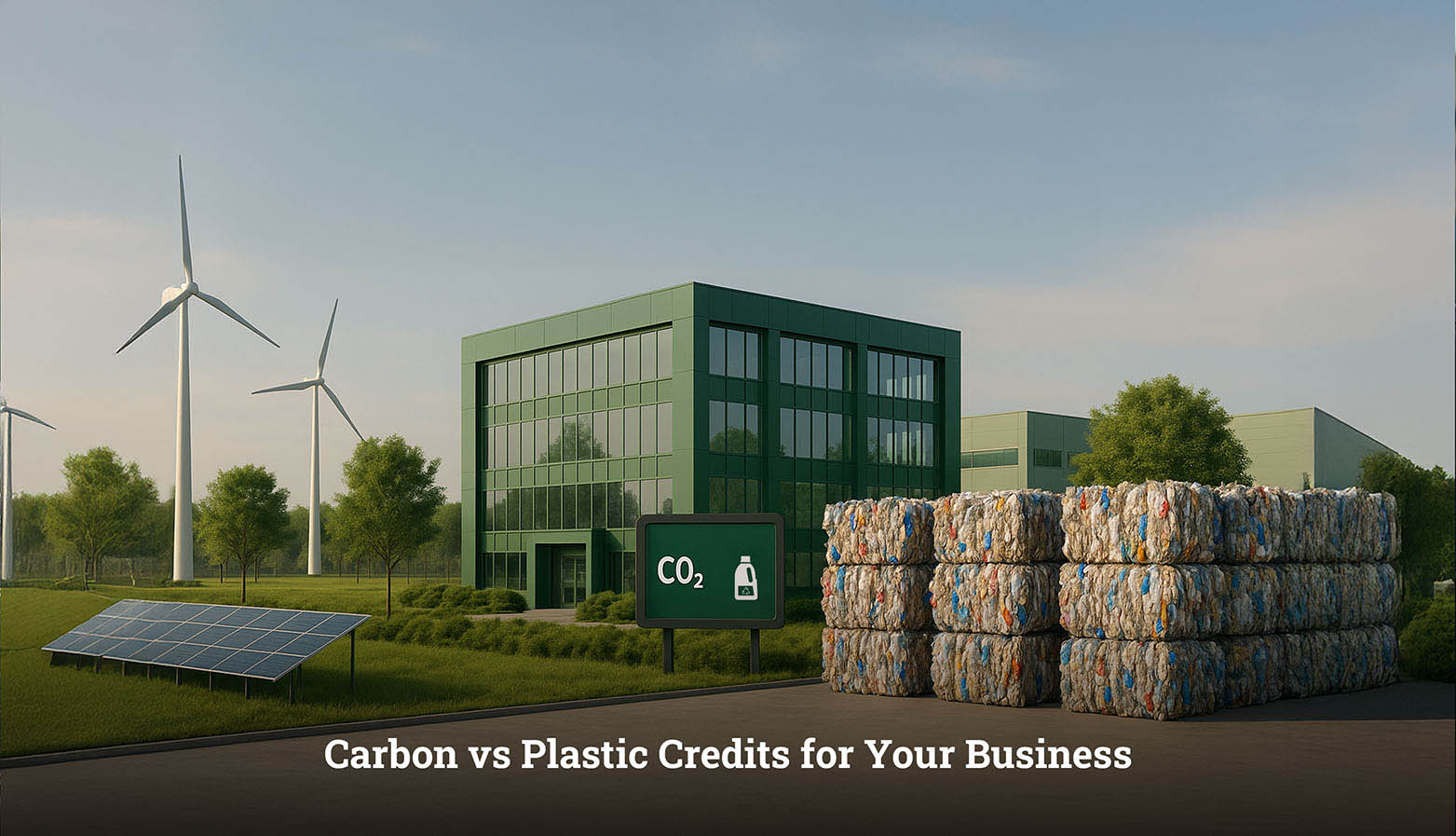
 What are Carbon Credits? What’s the difference between Carbon Credits & Plastic Credits
What are Carbon Credits? What’s the difference between Carbon Credits & Plastic Credits What are EPR Obligations for PIBOs in India?
What are EPR Obligations for PIBOs in India? 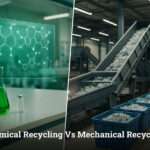 What Is Chemical Recycling and How Is It Different From Mechanical Recycling?
What Is Chemical Recycling and How Is It Different From Mechanical Recycling? What is the Difference Between Thermoset vs Thermoplastic?
What is the Difference Between Thermoset vs Thermoplastic? What Are EPR Regulations?
What Are EPR Regulations?
